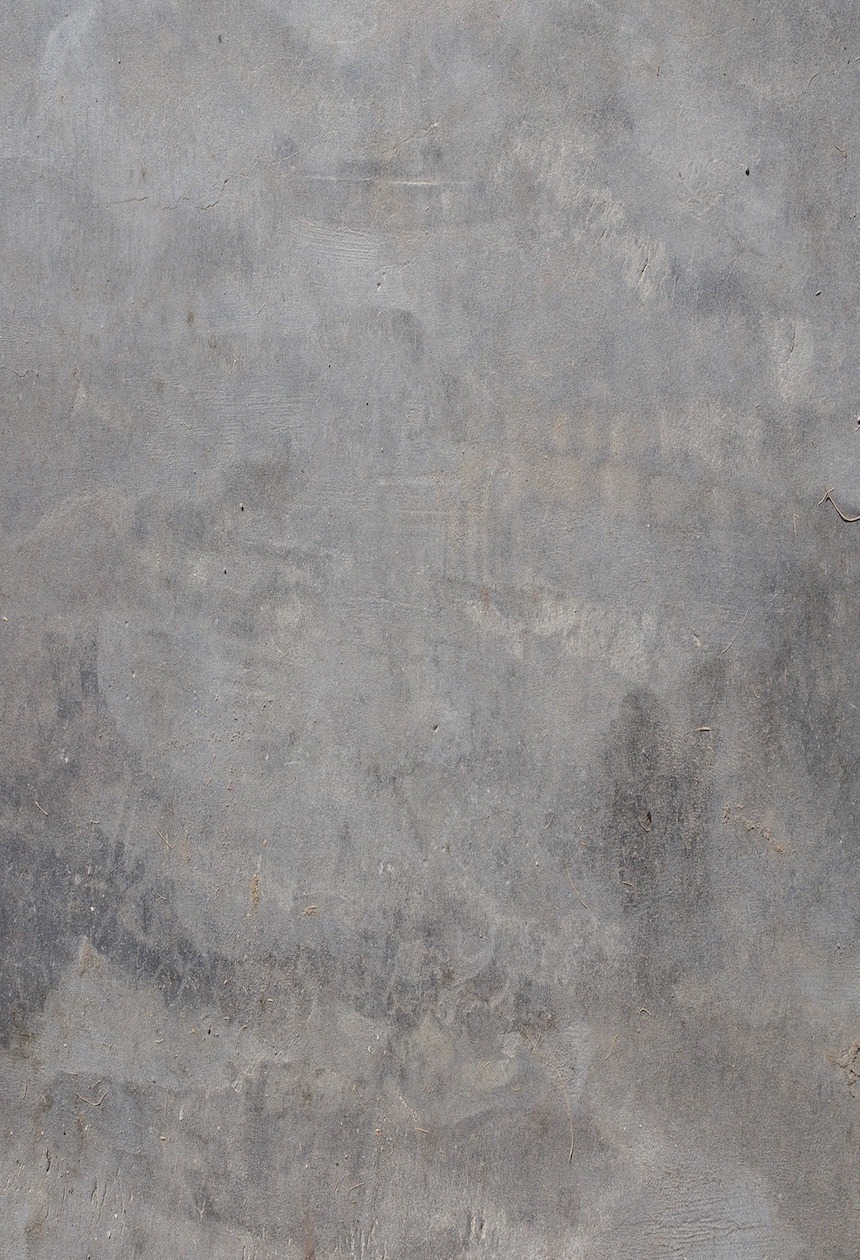6/21/2016 4:44 AM
The EDK and Double EDK
The EDK...The Myth...The Legend. The European Death Knot, or simply the Flat Overhand Bend, has garnered much debate over the years, mainly due to its nickname containing the word “death”. So where did the “EDK” term come from? Was it from the knot failing... resulting in death by rapid deceleration... killing mountaineers and climbers worldwide? Nope.
There is a bunch of speculation on where the name originated, some say that when Americans saw European climbers connecting their ropes together with such a simple knot, at first glance it appeared sloppy and lacked the security of other knots. Another theory (probably accurate), states that “back in the day” American climbers were seen using a dangerous anchoring technique in which webbing was tied around two anchors, then a single strand was pulled to the hot point, creating a triangle. This creates an enormous amount of force on the anchors through vectors. Apparently the Europeans saw this technique being performed and affectionately named it...” The American Death Triangle”. As a result, potentially as an act of retribution coupled with the European’s affinity for joining ropes together with a flat overhand knot... it is now known as the “European Death Knot”. ‘Merica.
So the EDK and Double EDK is used every day throughout the world in the climbing, mountaineering, canyoneering, and mountain rescue communities. Is there still push back, yes. Some folks still prefer other techniques like the double fisherman’s or Figure 8. We are not going to tackle this subject today, showing the Pros and Cons of every technique, on every rope material, in every environmental condition, but we will discuss two options in this Knot Series.
We use the EDK, it is our “Hasty” technique for joining ropes. We have used it extensively, and even when we have gone with the single EDK method with 12” tails, we have never had it even roll once. As a side note, the 12” inch tail requirement is due to…while under stress / load, the overhand can roll. When looking at many of the various pull tests, the force required for the overhand to roll varies depending on rope material, environmentals (wet, frozen, dry) and rope diameter. As we stated, we have not had the EDK roll on us ever, even when using in a mechanical advantage, but if this is a concern for you...tie a double EDK. Why do we prefer this or the Double T Fisherman’s, because of the way it pulls when we are retrieving our rope and/or anchor. The EDK and the Double T, when pulled, “ride” with the knot upright placing the flat portion on the surface so it gives you the least chance of snagging. These are two of many techniques. We also (as of lately) have also been using the “Offset Bound Overhand Bend and the “Double Overhand” …check out those videos too.

